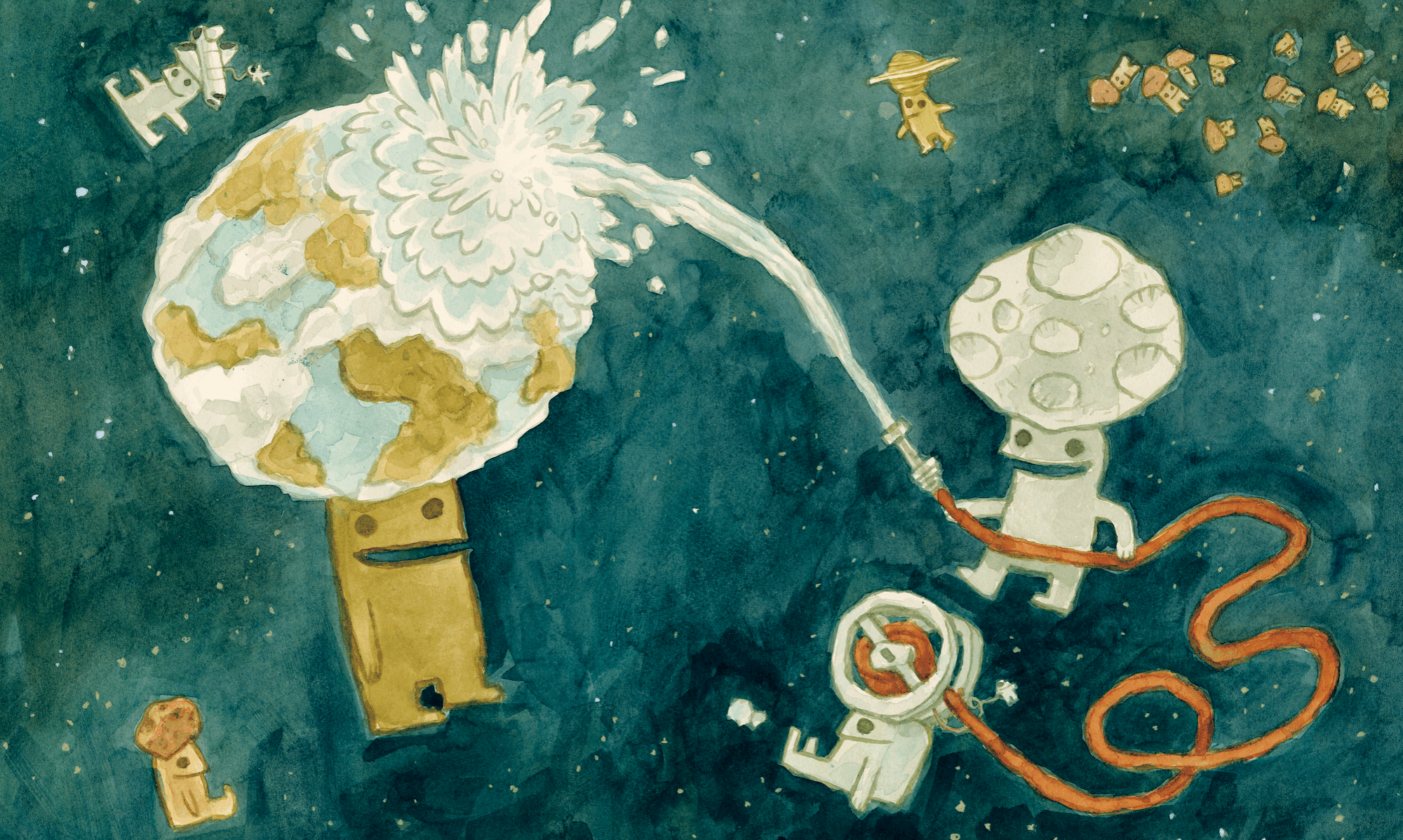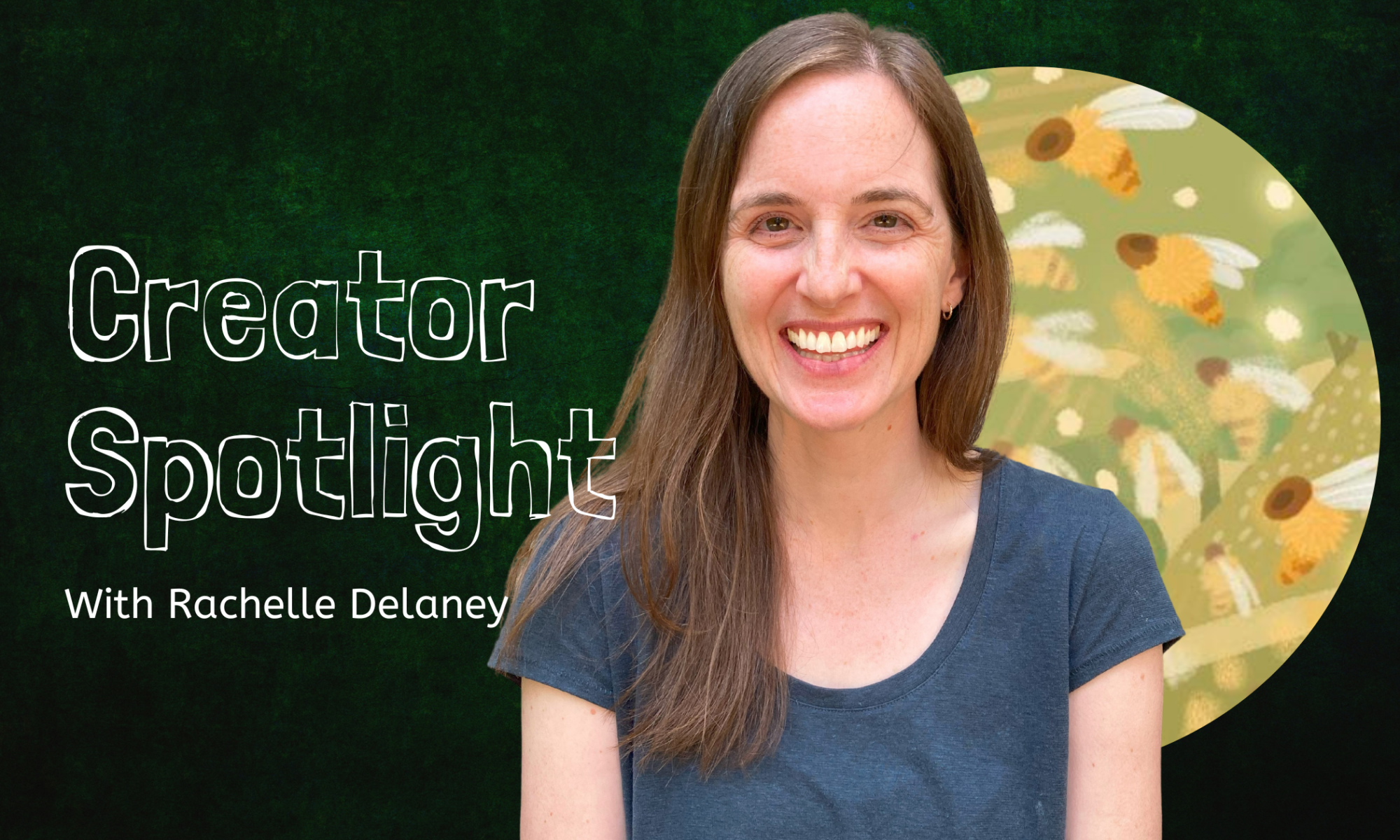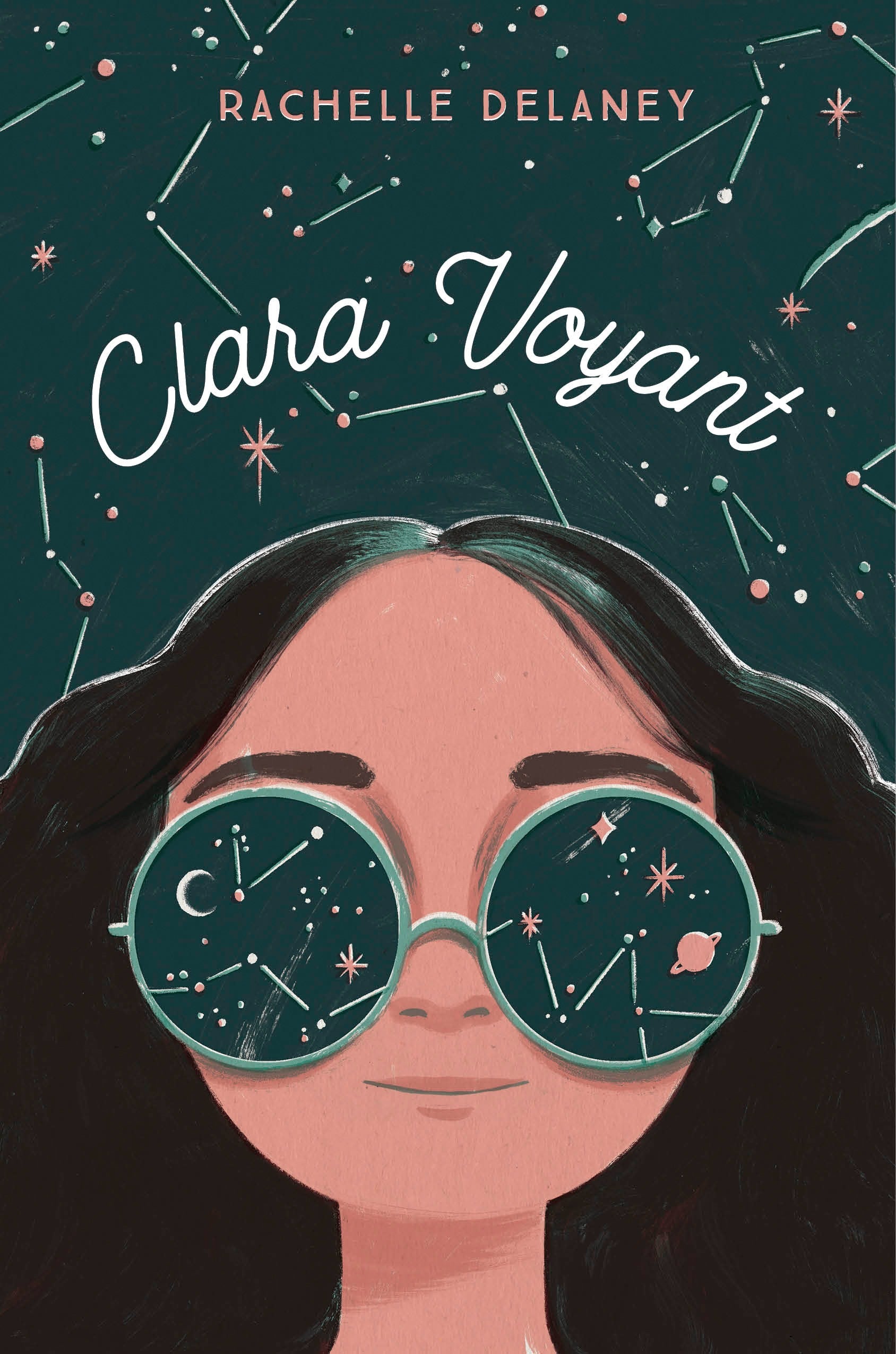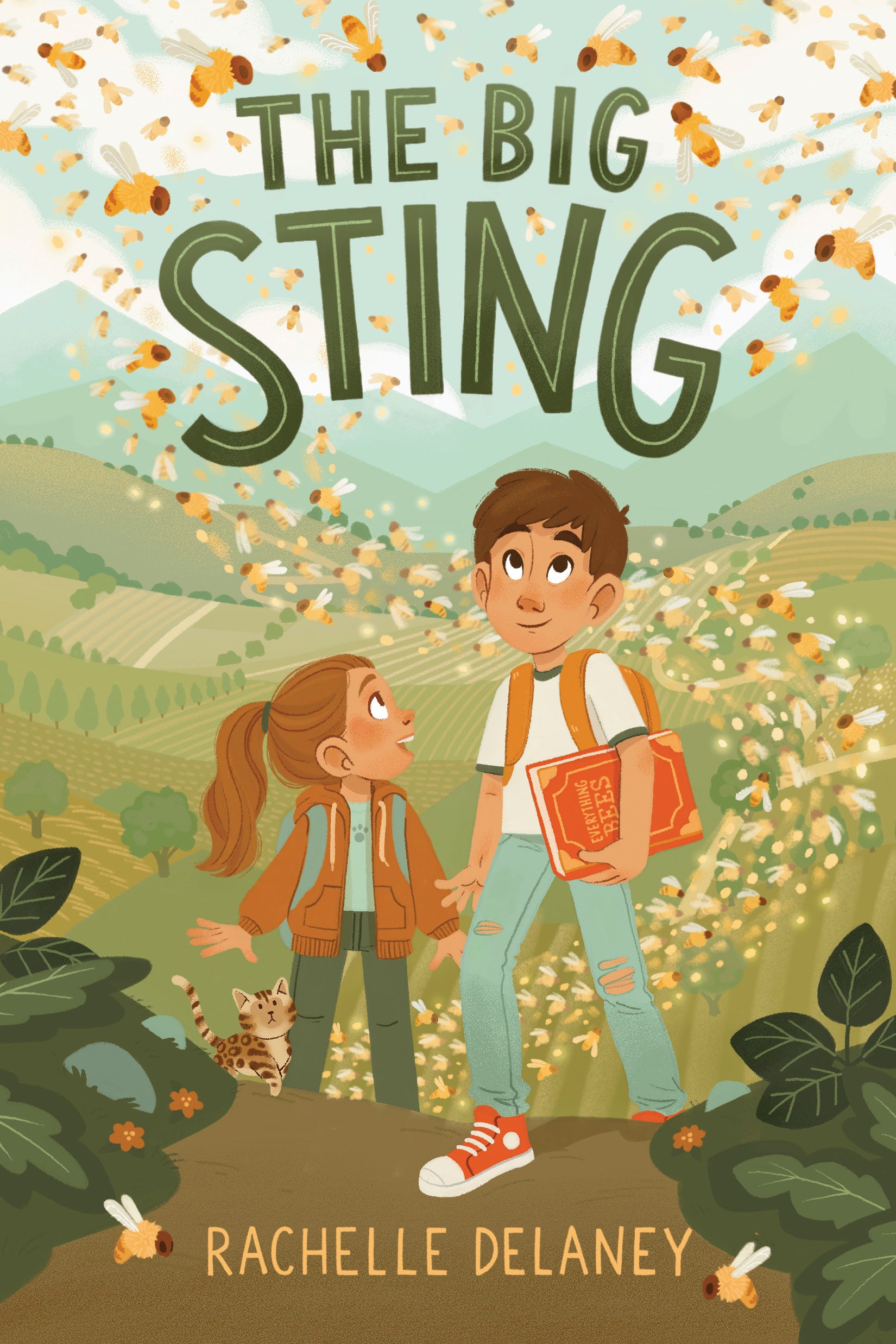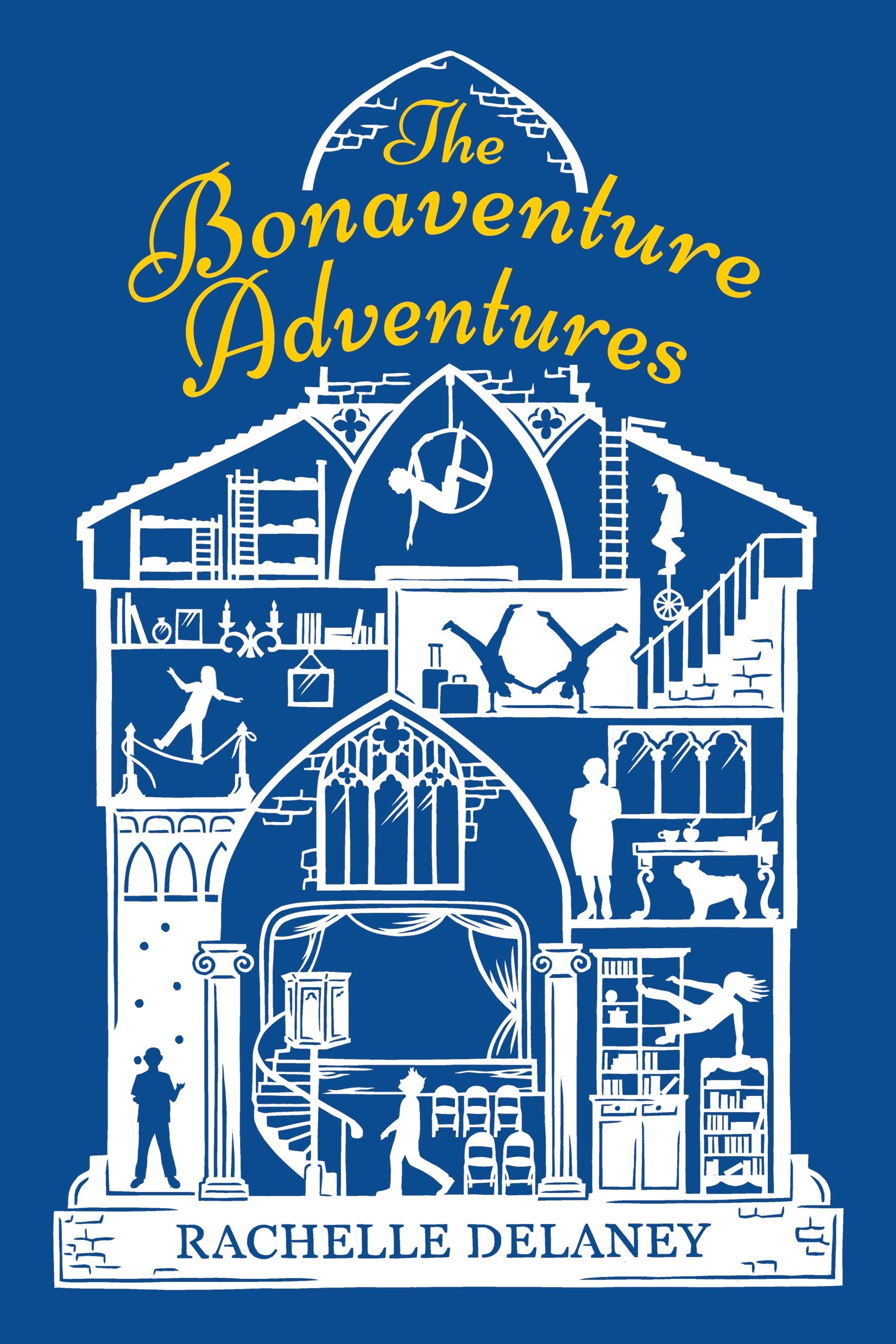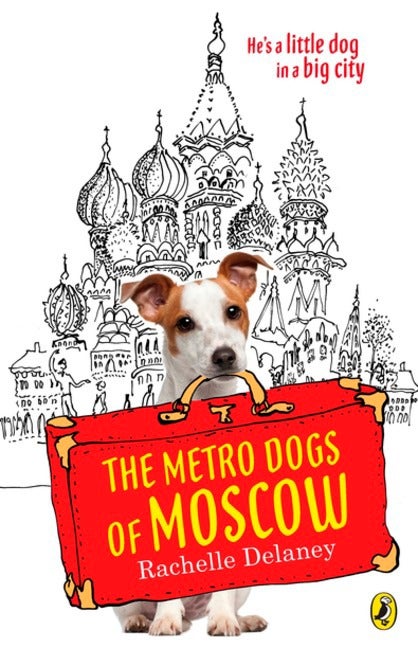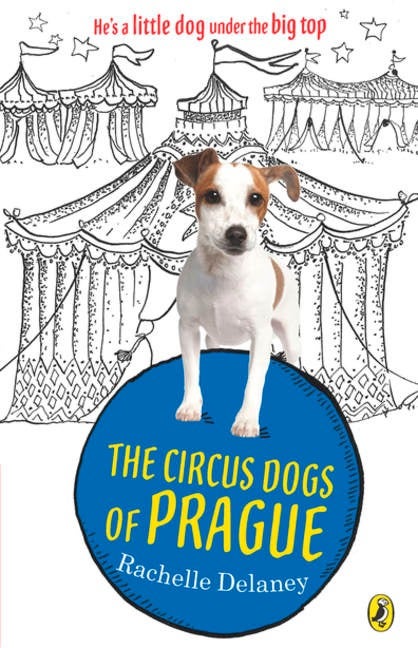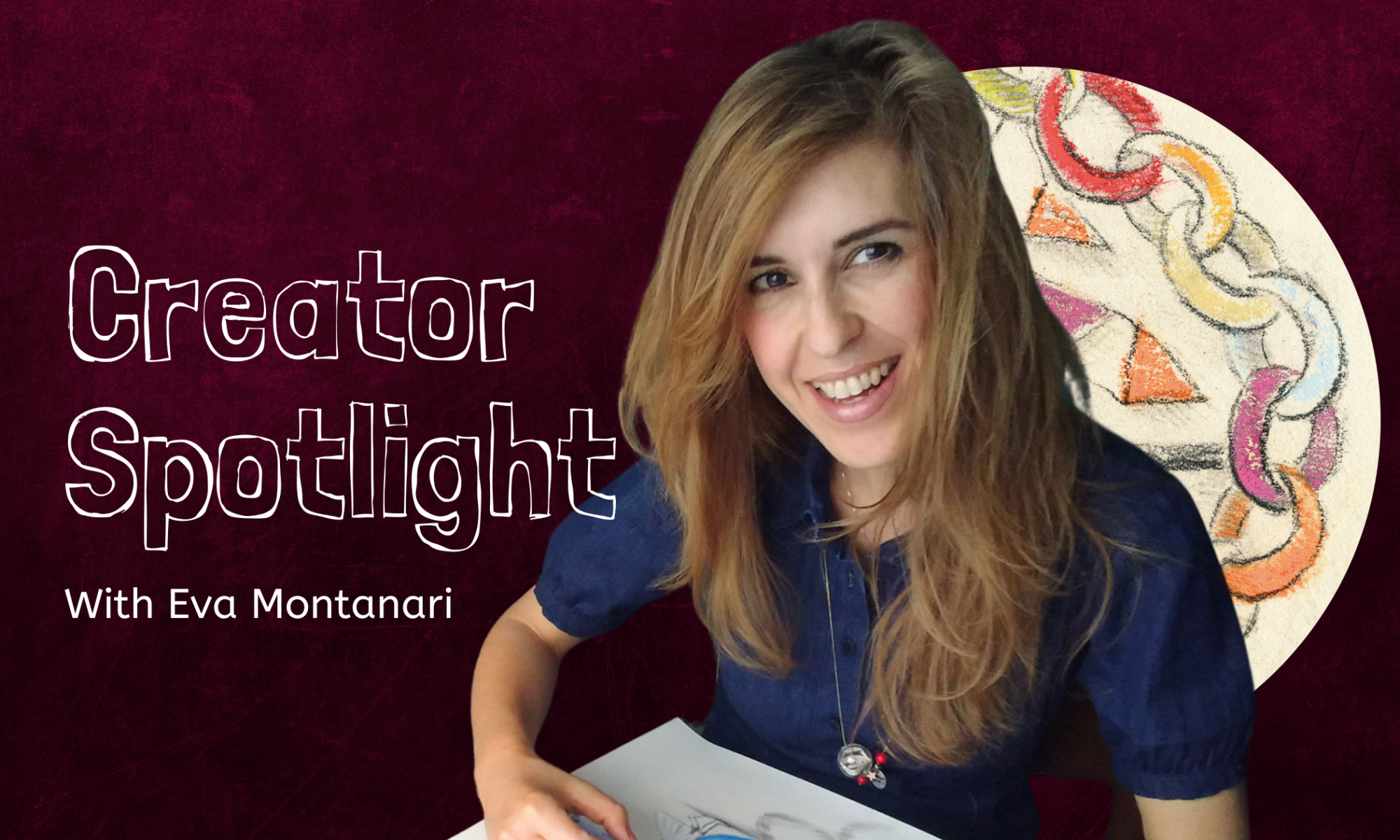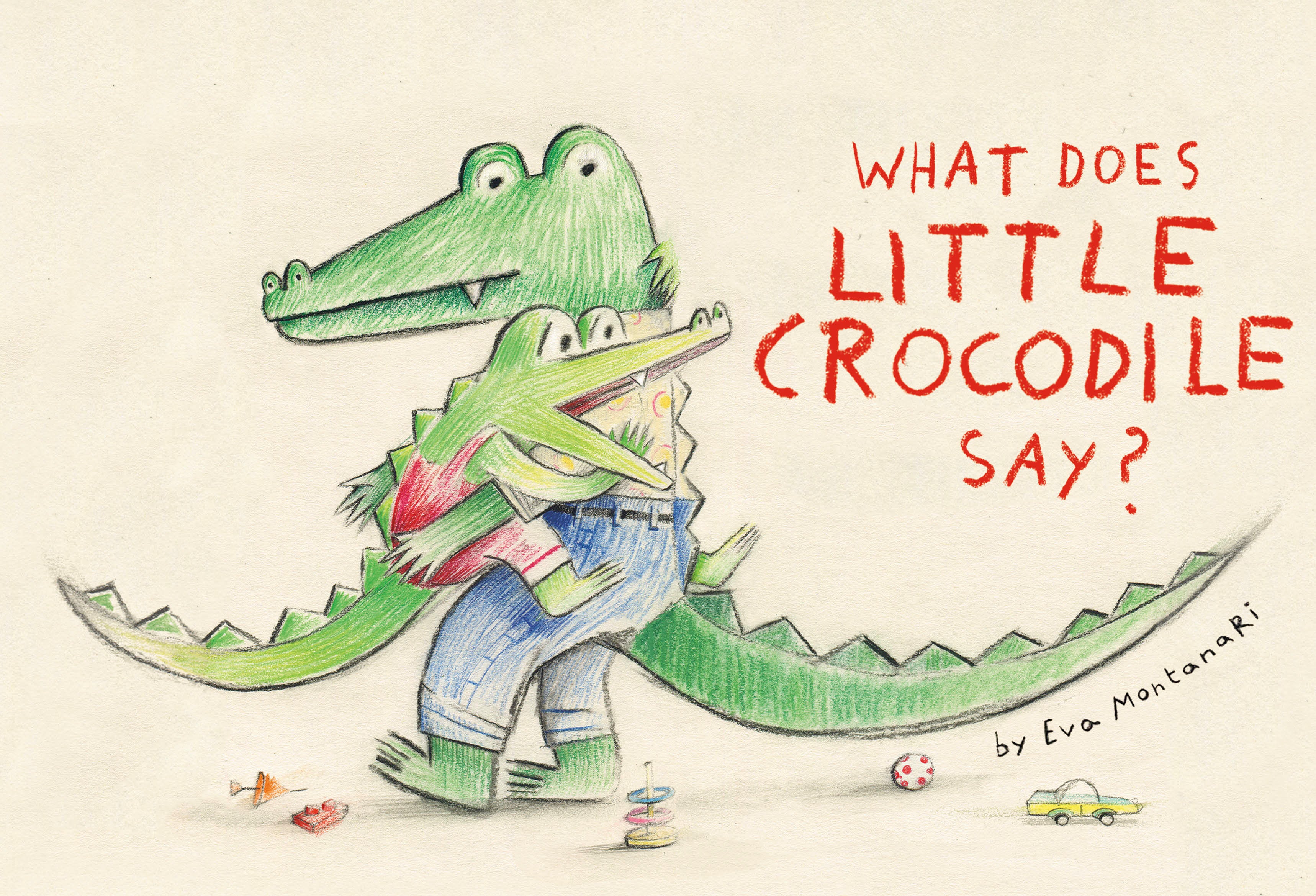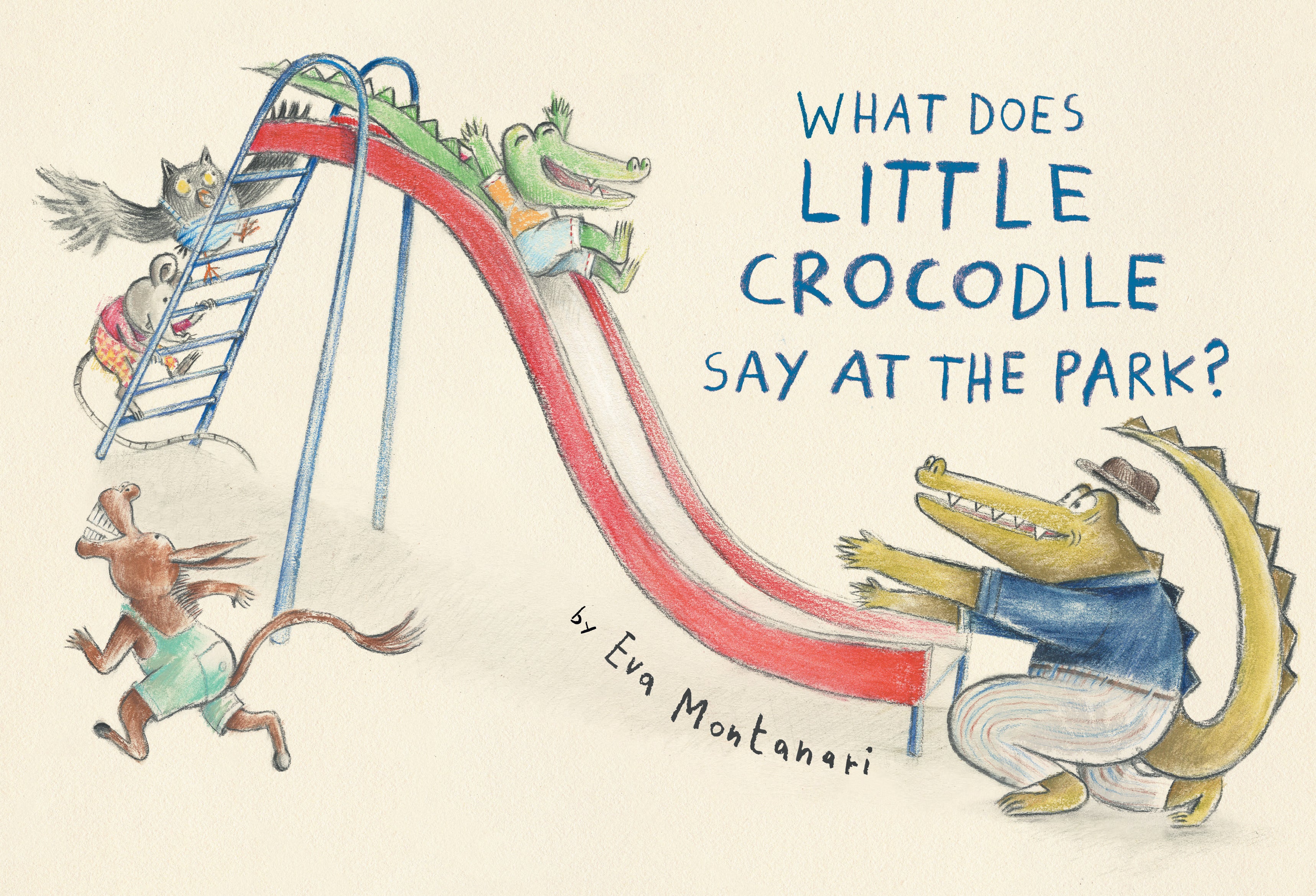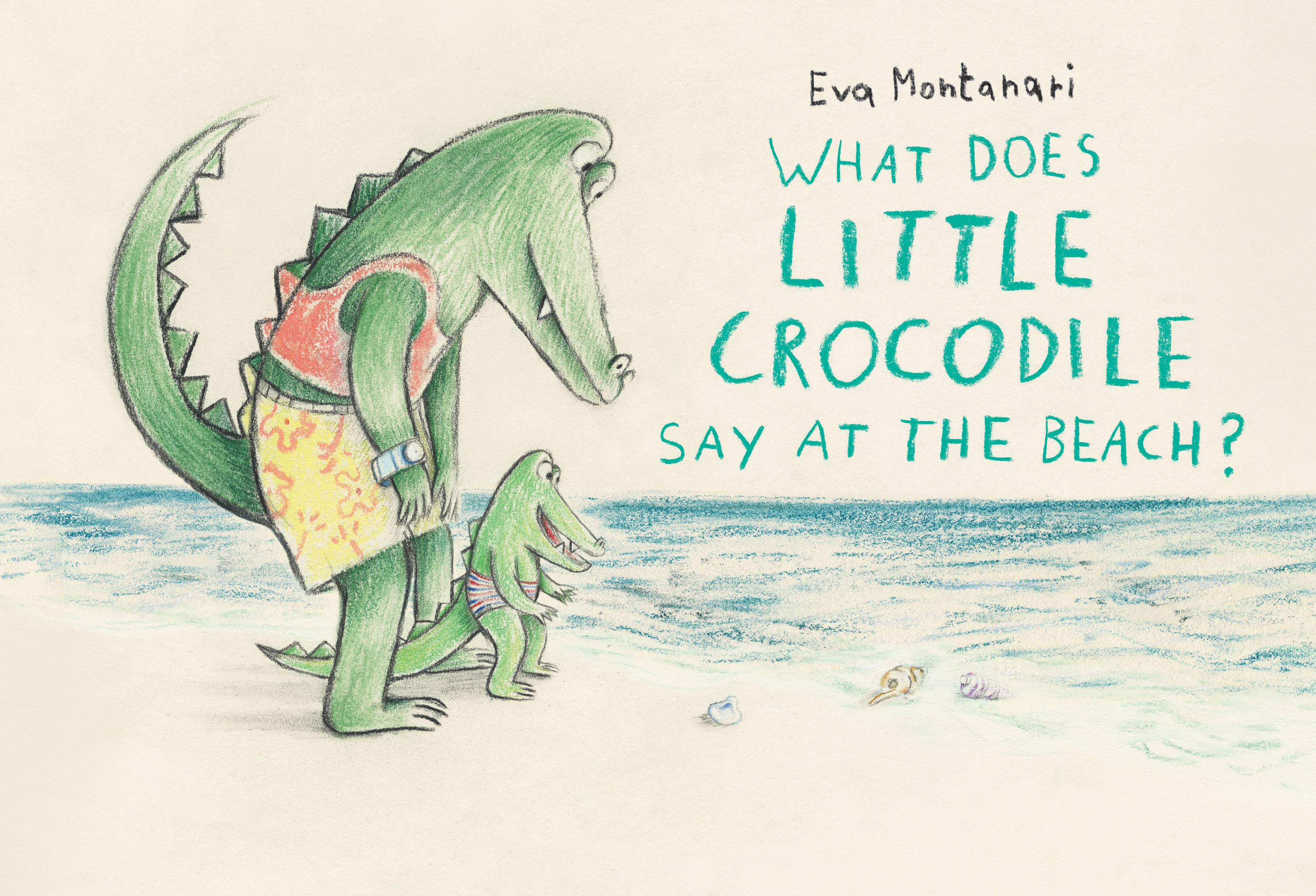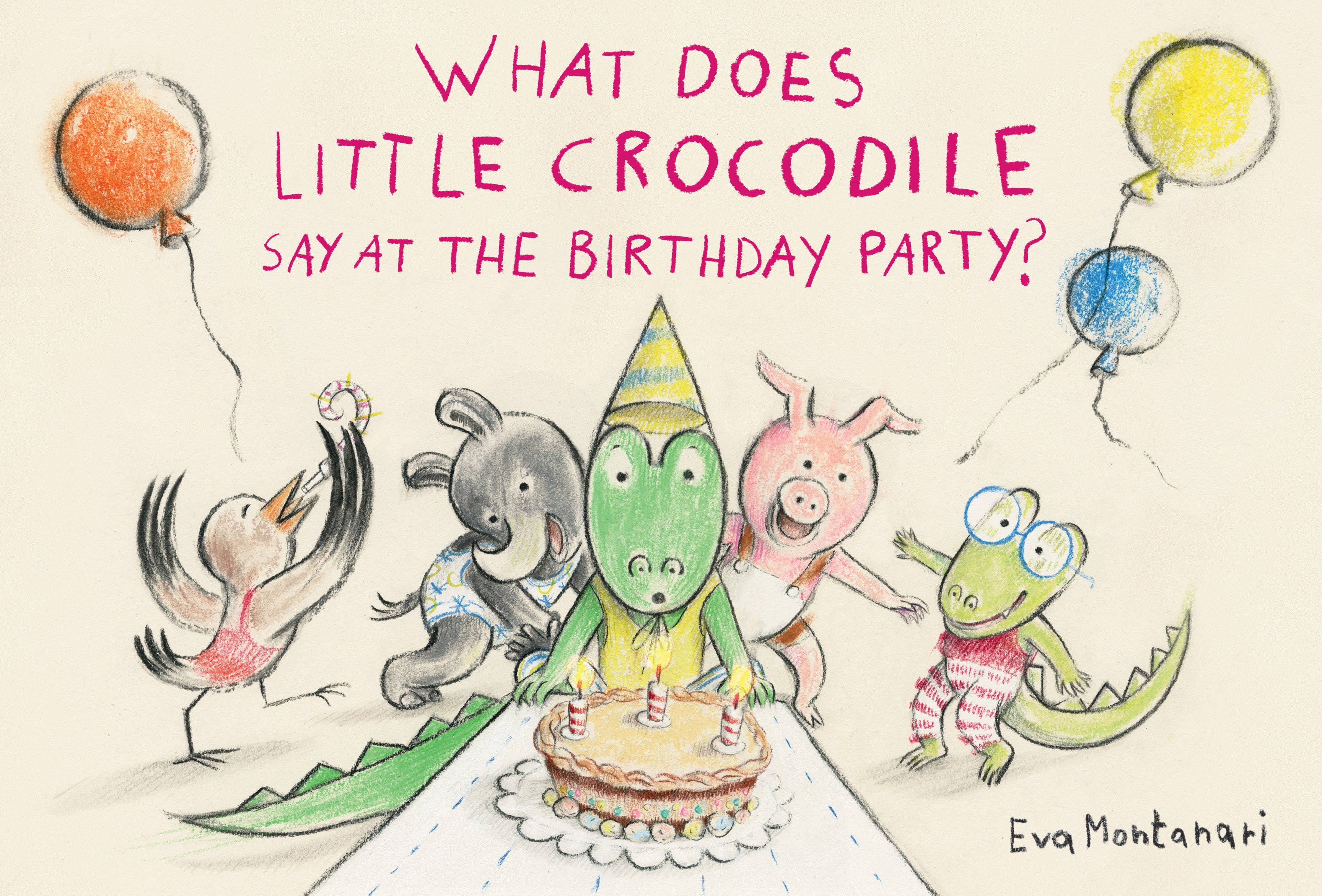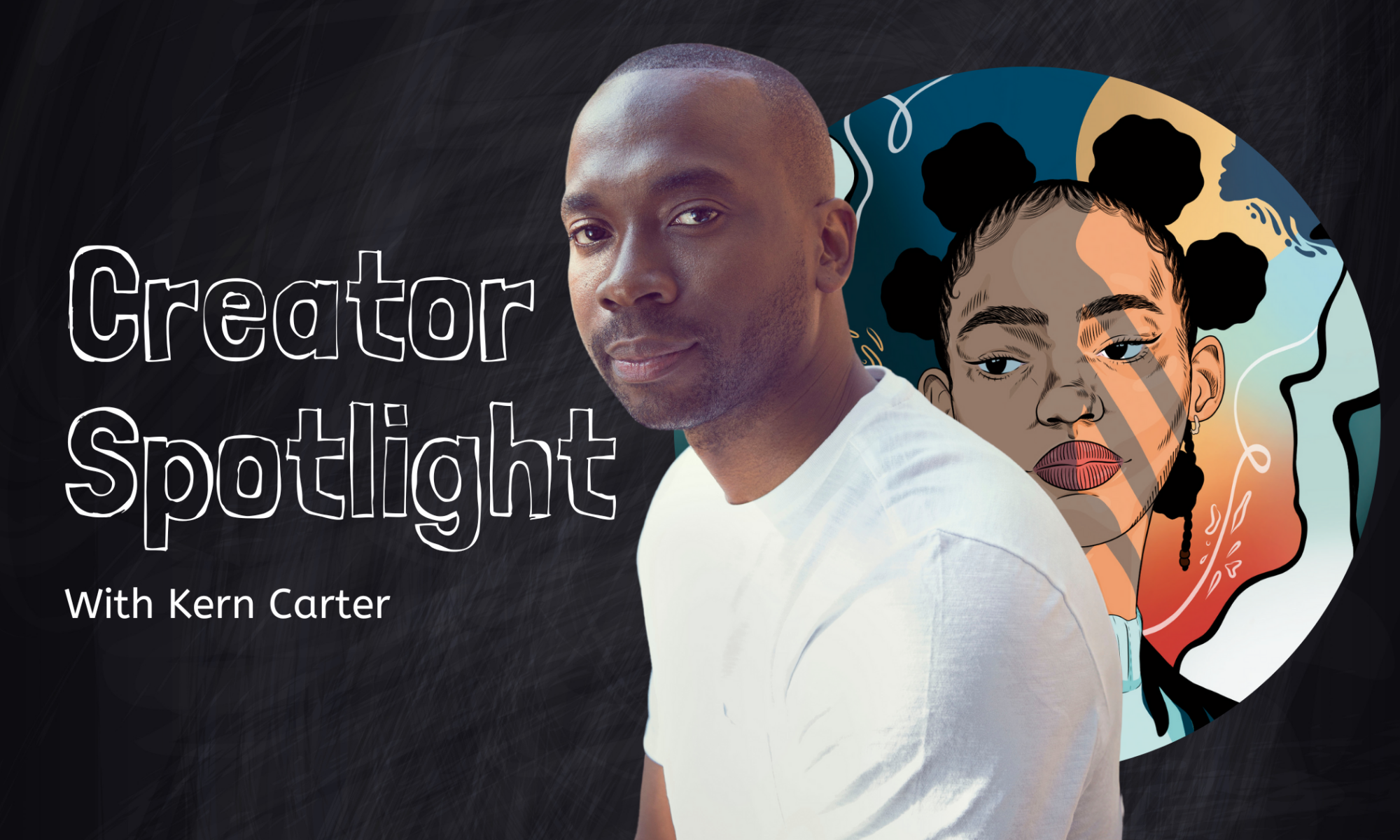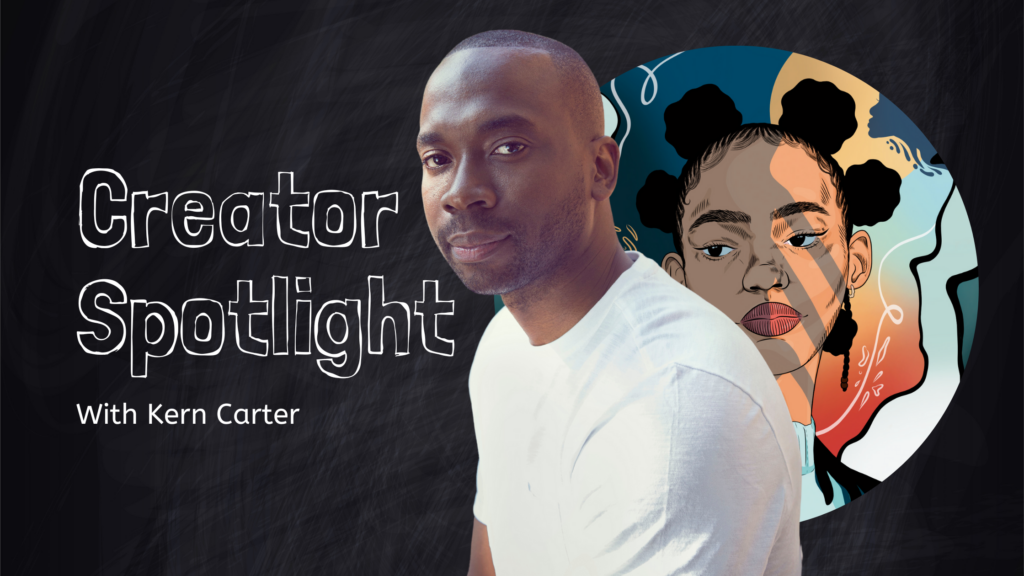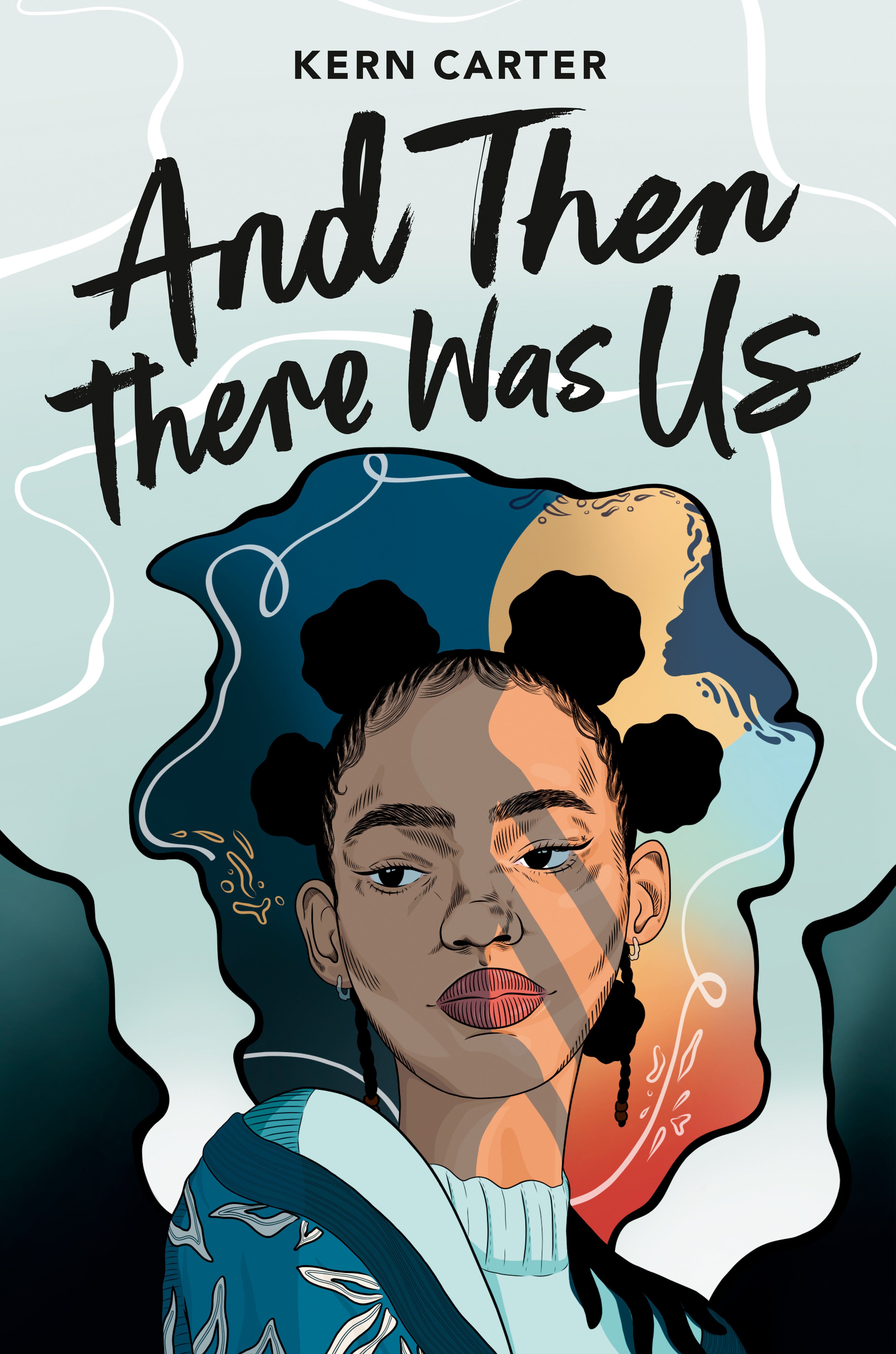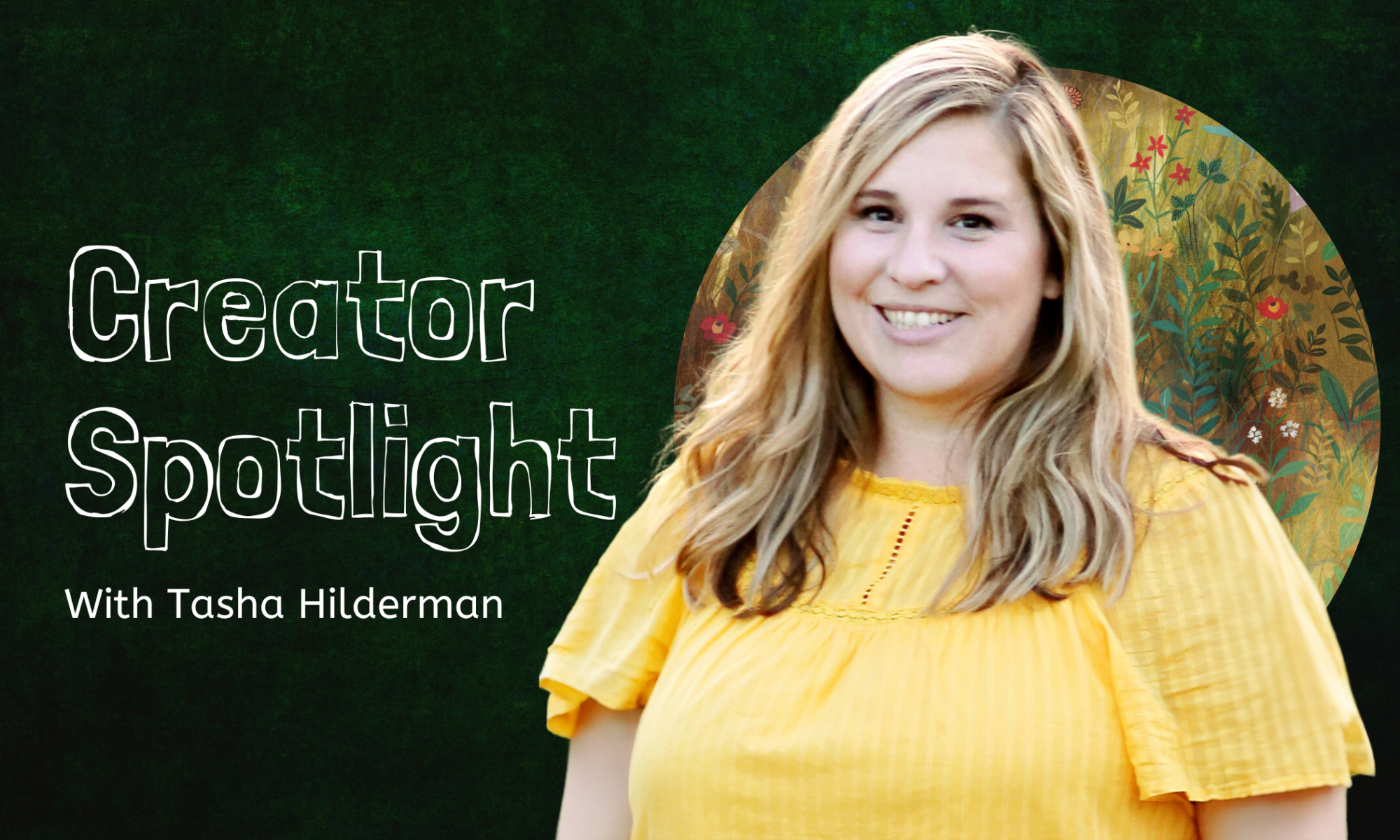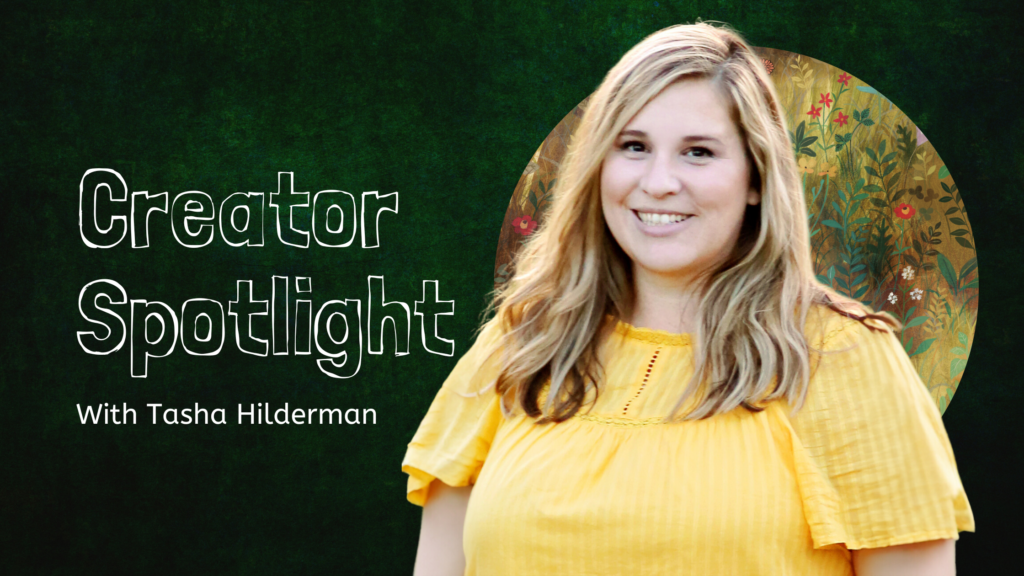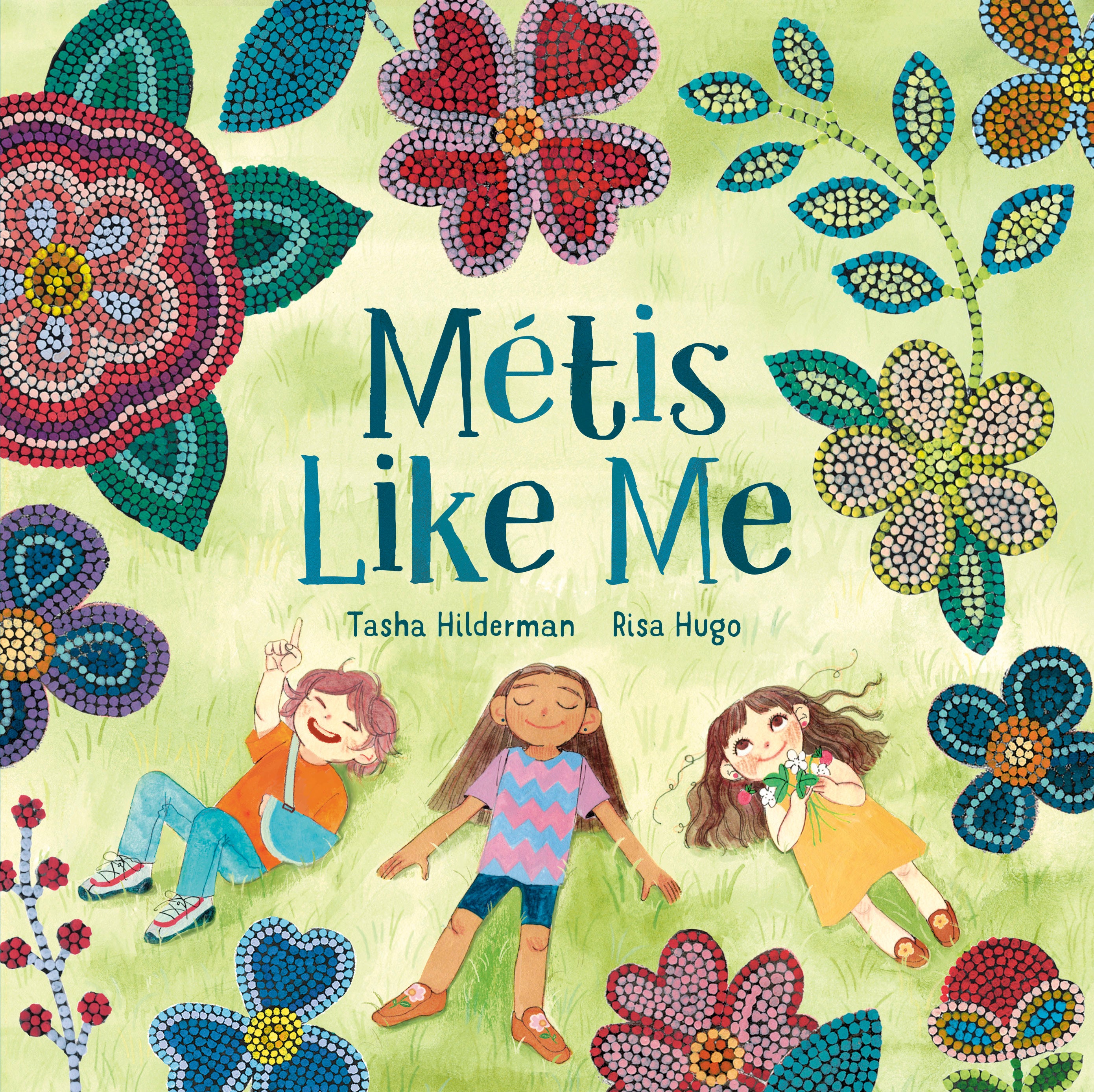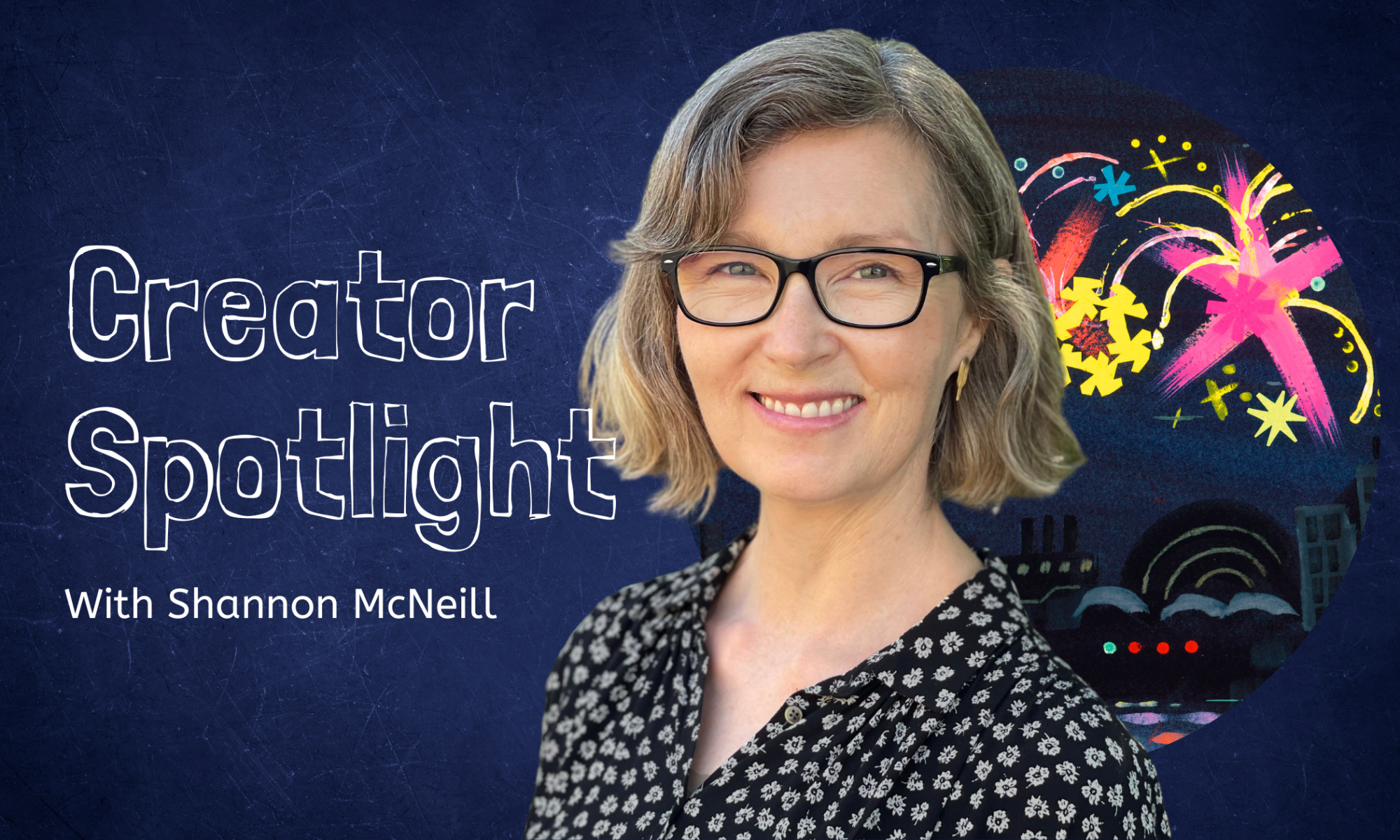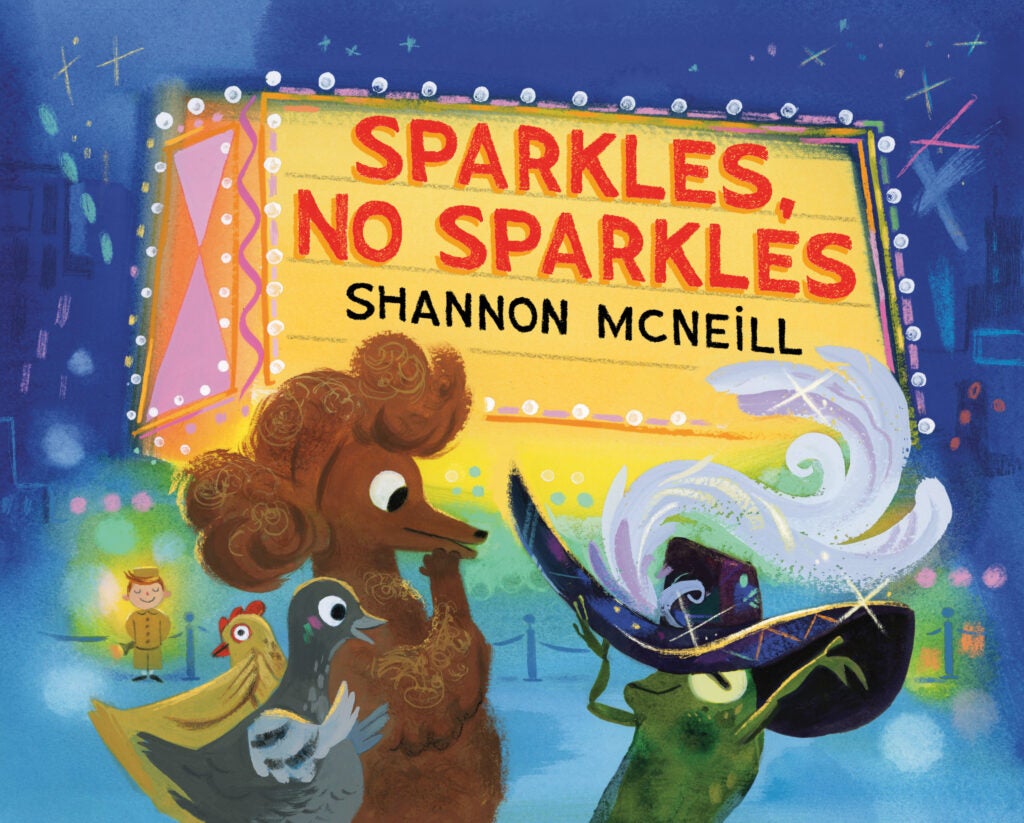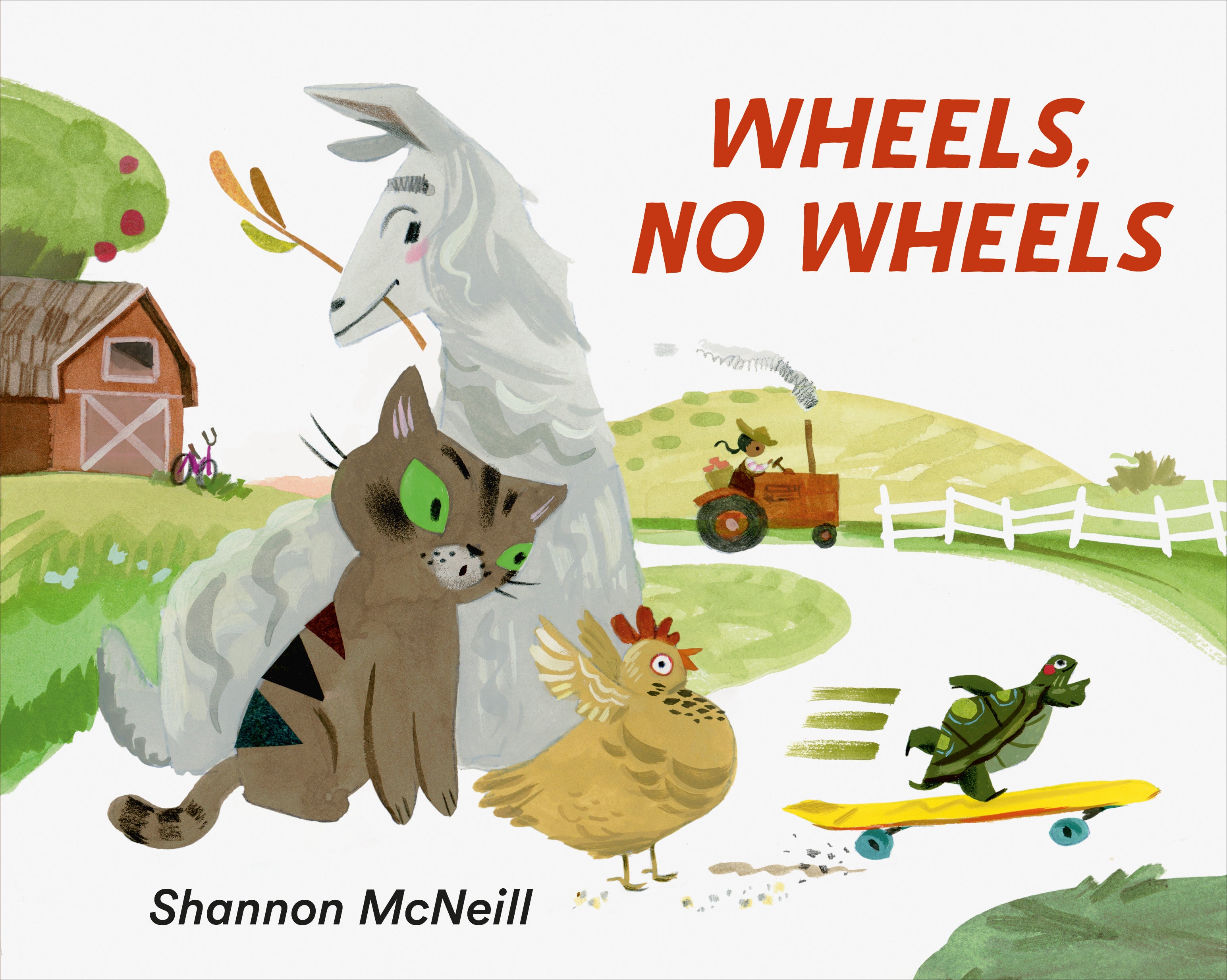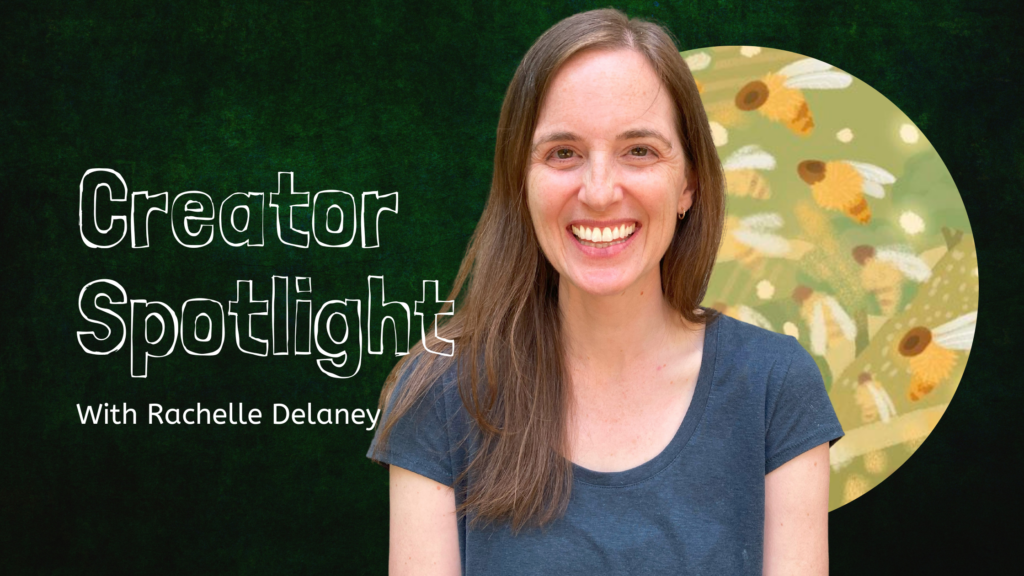
At Tundra Books, we want you to get to know and love our authors as much as you know and love their books. Our creator spotlight series will introduce you to the people behind some of your favorite titles . . . this week, say hello to Rachelle Delaney!
About the Author:
RACHELLE DELANEY is the author of several middle-grade novels, including The Metro Dogs of Moscow, which was a CLA Book of the Year Honor Book, as well as a finalist for the Silver Birch Award and the Red Cedar Award, among others. Its sequel, The Circus Dogs of Prague, was shortlisted for the Pacific Northwest Library Association Young Reader’s Choice Award. The Bonaventure Adventures won BC’s Chocolate Lily Award in 2019, and Clara Voyant was a Chocolate Lily Award nominee. Her most recent book The Big Sting was shortlisted for the Sunshine Coast Writers and Editors Society Book Award.
Fast Five with Rachelle Delaney:
If you could live anywhere, where would it be?
Maybe the Isle of Skye in Scotland. The scenery is stunning and the towns are so picturesque. Also, Scotland has great bookstores.
What’s one thing that can instantly make your day better?
Time outside. I live near a huge forest in Vancouver, and walking or running on the trails boosts my mood immediately.
Which meal is your favorite: breakfast, lunch, or dinner?
Breakfast – probably because breakfast features coffee, and I adore coffee.
What’s your “dance like nobody’s watching” song?
I don’t really have one, but my “run like you’re winning a marathon” song is Taylor Swift’s “You’re on Your Own, Kid.”
What is your favorite nature fact?
I love the fact that dolphins call each other by name (or, a distinct whistle that functions as a name). And researchers have found that infant dolphins learn their own individual whistles from their mothers! Dolphins are amazing.
Books by Rachelle Delaney:
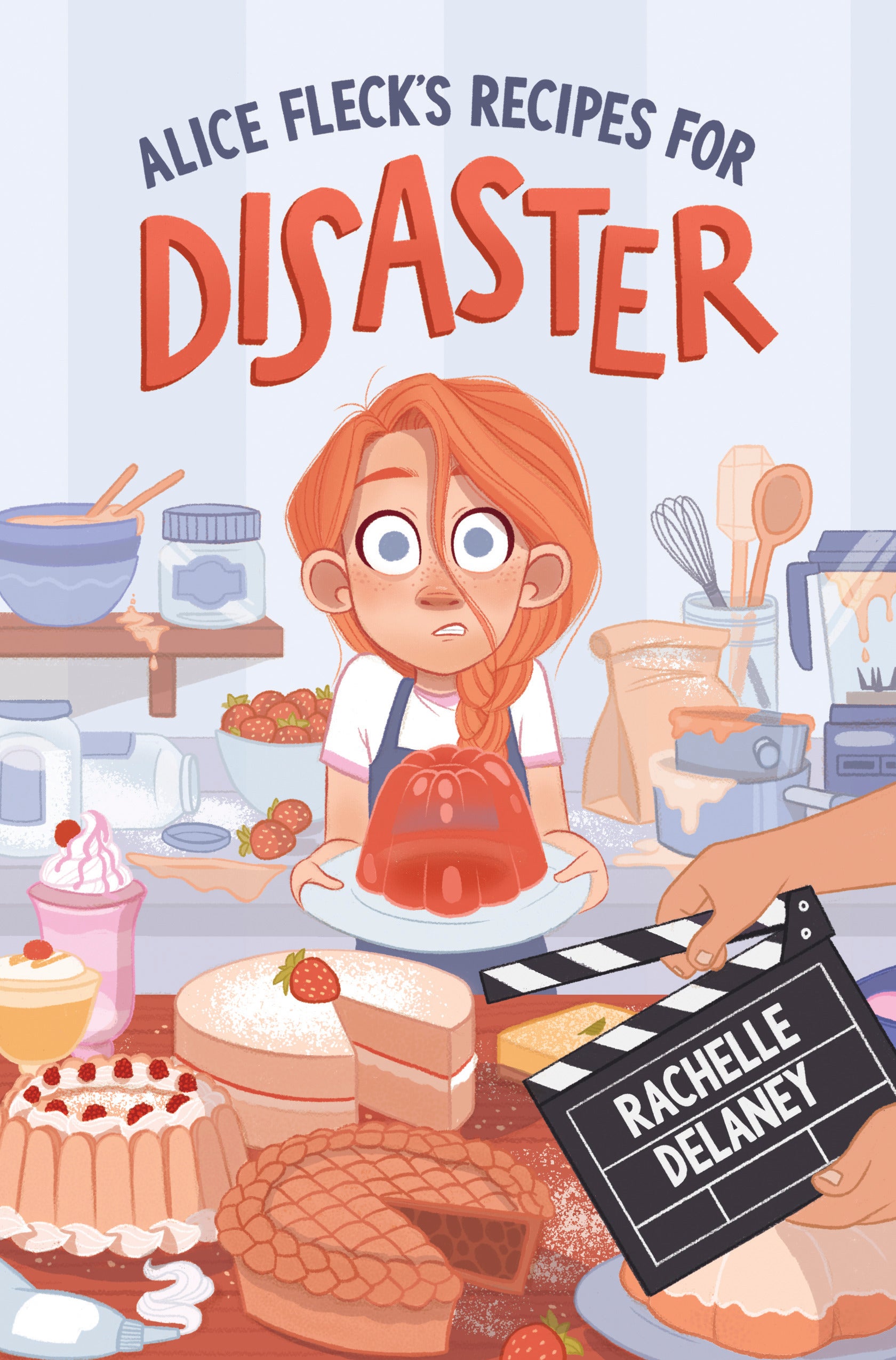
Alice Fleck’s Recipes for Disaster
By Rachelle Delaney
256 Pages | Ages 9-12 | Paperback
ISBN 9780735269293 | Puffin Canada
Alice Fleck’s father is a culinary historian, and for as long as she can remember, she’s been helping him recreate meals from the past – a hobby she prefers to keep secret from kids her age. But when her father’s new girlfriend enters them into a cooking competition at a Victorian festival, Alice finds herself and her hobby thrust into the spotlight. And that’s just the first of many surprises awaiting her. On arriving at the festival, Alice learns that she and her father are actually contestants on Culinary Combat, a new reality TV show hosted by Tom Truffleman, the most famous and fierce judge on TV! And to make matters worse, she begins to suspect that someone is at work behind the scenes, sabotaging the competition. It’s up to Alice, with the help of a few new friends, to find the saboteur before the entire competition is ruined, all the while tackling some of the hardest cooking challenges of her life . . . for the whole world to see.
Clara Voyant
By Rachelle Delaney
224 Pages | Ages 8-12 | Paperback
ISBN 9780143198543 | Puffin Canada
Clara can’t believe her no-nonsense grandmother has just up and moved to Florida, leaving Clara and her mother on their own for the first time. This means her mother can finally “follow her bliss,” which involves moving to a tiny apartment in Kensington Market, working at a herbal remedy shop and trying to develop her so-called mystical powers. Clara tries to make the best of a bad situation by joining the newspaper staff at her new middle school, where she can sharpen her investigative journalistic skills and tell the kind of hard-news stories her grandmother appreciated. But the editor relegates her to boring news stories and worse . . . the horoscopes. Worse yet, her horoscopes come true, and soon everyone at school is talking about Clara Voyant, the talented fortune-teller. Clara is horrified – horoscopes and clairvoyance aren’t real, she insists, just like her grandmother always told her. But when a mystery unfolds at school, she finds herself in a strange situation: having an opportunity to prove herself as an investigative journalist . . . with the help of her own mystical powers.
The Big Sting
By Rachelle Delaney
224 Pages | Ages 8-12 | Paperback
ISBN 9780735269323 | Tundra Books
Eleven-year-old Leo is an “armchair adventurer.” This, according to Dad, means he’d choose adventures in books or video games over real-life experiences. And while Leo hates the label, he can’t argue with it. Unlike his little sister Lizzie, Leo is not a risk-taker. So when he, Lizzie, Mom and Dad leave the city to visit Grandpa on Heron Island, Leo finds all kinds of dangers to avoid – from the deep, dark ocean to an old barn on the verge of collapse. But nothing on the island is more fearsome than Grandpa himself – Leo has never met anyone so grumpy! According to Mom, Grandpa is still grieving the recent death of his wife, a beekeeper beloved by everyone on the island. Despite Leo’s best efforts to avoid it, adventure finds him anyway when Grandma’s beehives go missing in the dead of night. Infuriated, Grandpa vows to track down the sticky-fingered thieves himself . . . with risk-averse Leo and danger-loving Lizzie (plus a kitten named Mayhem) in tow.
The Bonaventure Adventures
By Rachelle Delaney
288 Pages | Ages 8-12 | Paperback
ISBN 9780143198512 | Puffin Canada
Sebastian Konstantinov has grown up in a travelling circus, surrounded by talented performers. Seb, however, has no circus skills at all. He can’t even turn a somersault. But he does know this: the old-fashioned circus his father founded is out of date and running low on money. If someone doesn’t figure out how to save it, the Konstantinovs will be in real trouble. Seb thinks he may have the answer, and it involves attending the highly selective Bonaventure Circus School in Montreal, Canada. Seb secretly writes to the school’s Directrice (conveniently leaving out the part about his lack of circus skills), and to his surprise, he gets accepted right away. Now all he has to do is keep his lack of talent a secret. But it turns out that Seb is not the only one with secrets. The school is literally crumbling beneath the students’ feet, and the Directrice is counting on Seb’s “talent” to save it.
The Metro Dogs of Moscow
By Rachelle Delaney
208 Pages | Ages 8-12 | Paperback
ISBN 9780143184140 | Puffin Canada
JR (short for Jack Russell) is an embassy dog. His human, George, works in embassies around the world and so they both travel. A lot. Now George is working at the Canadian Embassy in Moscow. While George loves the globetrotting life, he doesn’t think JR needs any more excitement than hanging out at the park with the other embassy dogs. JR, however, has had quite enough of leashes and perfectly manicured parks-not to mention the boring embassy dogs. Inspired by seeing a stray dog steal a coil of sausages, JR sneaks out of his apartment to do a little exploring on his own and soon meets up with the wily stray and some of his friends. This is the life: amazing city smells! Mouthwatering stuffed potatoes! And best of all, the freedom to travel on the Moscow subway. But then JR’s new friends mysteriously start to disappear. When an embassy dog goes missing as well, JR knows he must use everything he’s learned about his new home to solve the mystery of Moscow’s missing dogs.
The Circus Dogs of Prague
By Rachelle Delaney
192 Pages | Ages 8-12 | Paperback
ISBN 9780143184164 | Puffin Canada
JR and his embassy friends Robert, Pie, and Beatrix are on their way to Prague! Having solved the mystery of the missing dogs in Moscow, JR is ready for a vacatio with his human, George, and George’s Russian girlfriend, Nadya. And where better to distract themselves than in Prague, taking in the sights and meeting Nadya’s brother, a circus performer. But something is amiss at the circus-the animals are unhappy. The boxing kangaroo doesn’t want to box, the dancing chimpanzee doesn’t want to dance. Not only that, but a fancy new circus is coming to town, threatening to put everyone out of a job. It’s up to JR and the embassy dogs to save the show, with the help of some unlikely accomplices.
